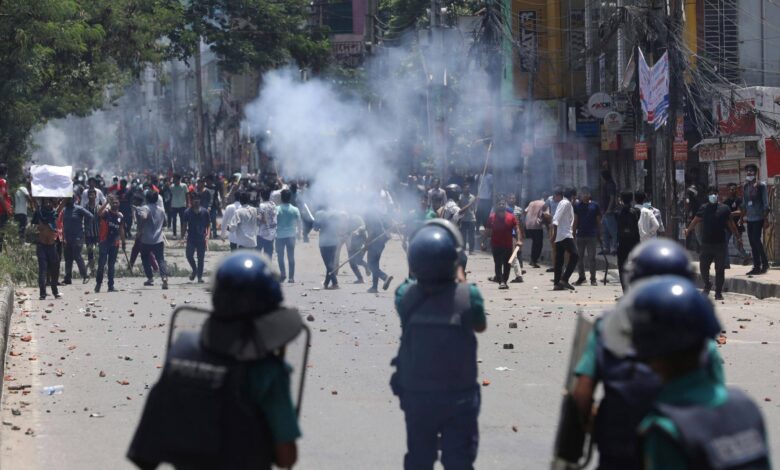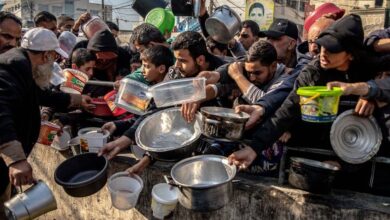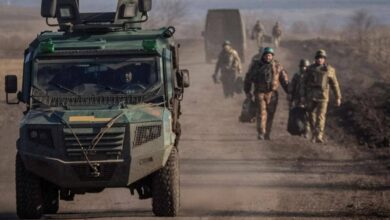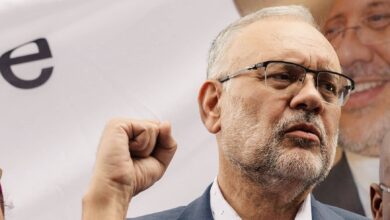
The streets of Bangladesh have once again witnessed a clamor of unrest, which claimed at least 76 people and injured others, as well as 13 police personnel.
Starting initially as a student uprising against a government job reservation policy, the protesters turned into anti-government demonstrators who demanded the resignation of Prime Minister Sheikh Hasina.
Violence emerged as thousands of protesters reclaimed the statewide roads in disregard to the government repression that has featured a shoot-to-kill curfew and arrested over 11,000 individuals in recent weeks.
Police fired tear gas and used stun grenades as the PM warned they would take stern actions against the protesting people, leading to the loss of lives in different districts, Bogura, Magura, Rangpur, and Sirajganj.
“The protesters are saying that they are not going to move until their government steps down,” said correspondent Tanvir Chowdhury in Dhaka. The news outlet captures it as “volatile and dangerous” unrest.
The attack on the police occurred in the Enayetpur police station in the northwestern Sirajganj city, said the Additional Deputy Inspector General Vijay Basak of the Bangladesh police. We are still clueless about the identity of the attackers.
The government led by Prime Minister Hasina has accused the protesters of staging ‘sabotages’ and ‘destruction’ protesting under the banner of demonstration and claimed to act with ‘‘iron hand’ against the protesters. Critics have accused her government of unleashing ‘‘state terrorism’ to subdue the movement charge, which the government has strongly dismissed.
The protests have now transcended into an anti-government protest across the Southern Asian nation of 170 million people. They target non-cooperation, with demonstrators advising citizens to refuse to pay taxes and/or bills or not go to work on Sundays, which is a working day in Bangladesh.
The government has been forced to act by putting the country under an open-ended curfew, blocking social media, and closing schools and universities. The conflict persists with indications of more violence in the future as the protesters insist on their “March to Dhaka” on Monday.



